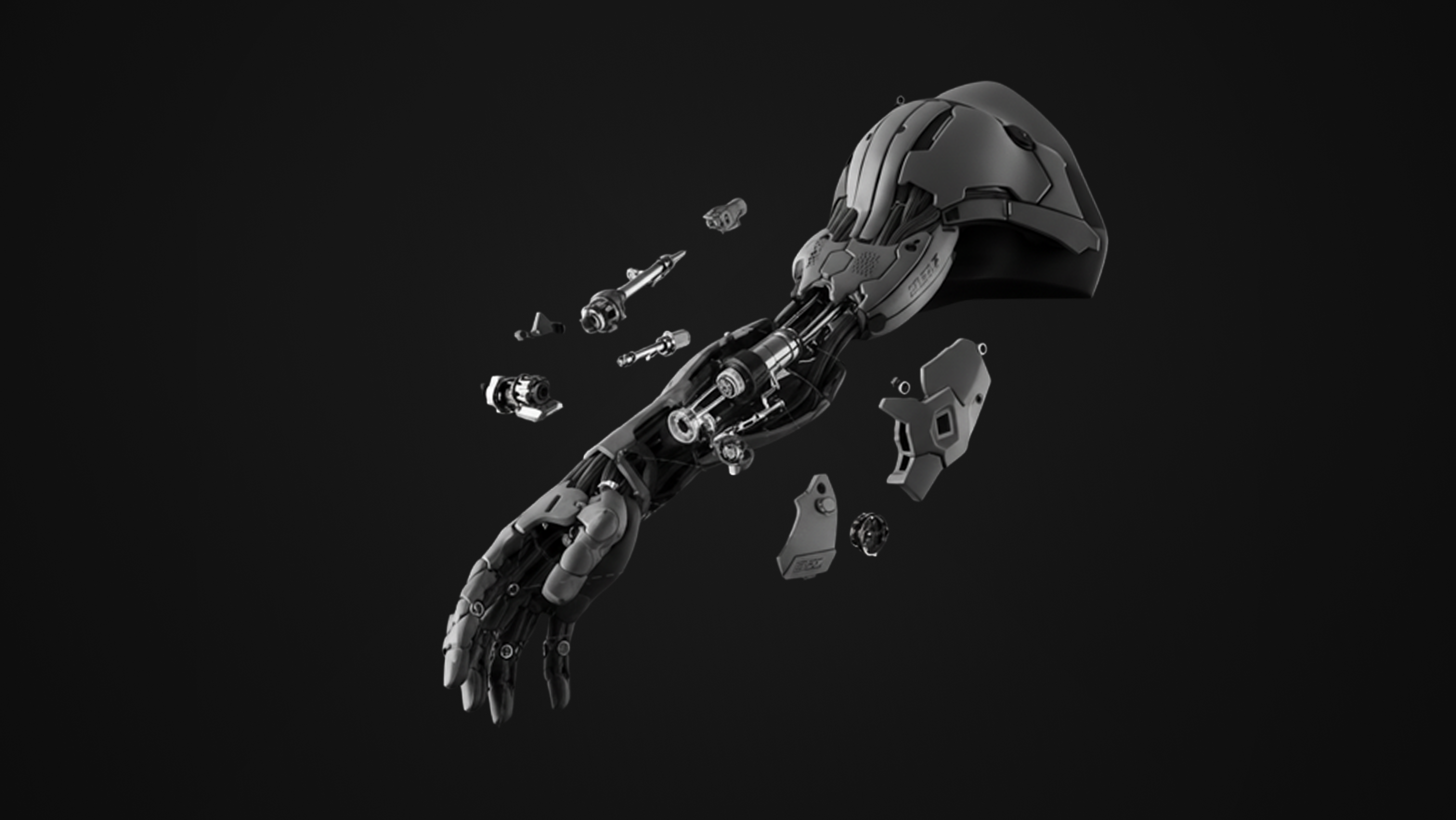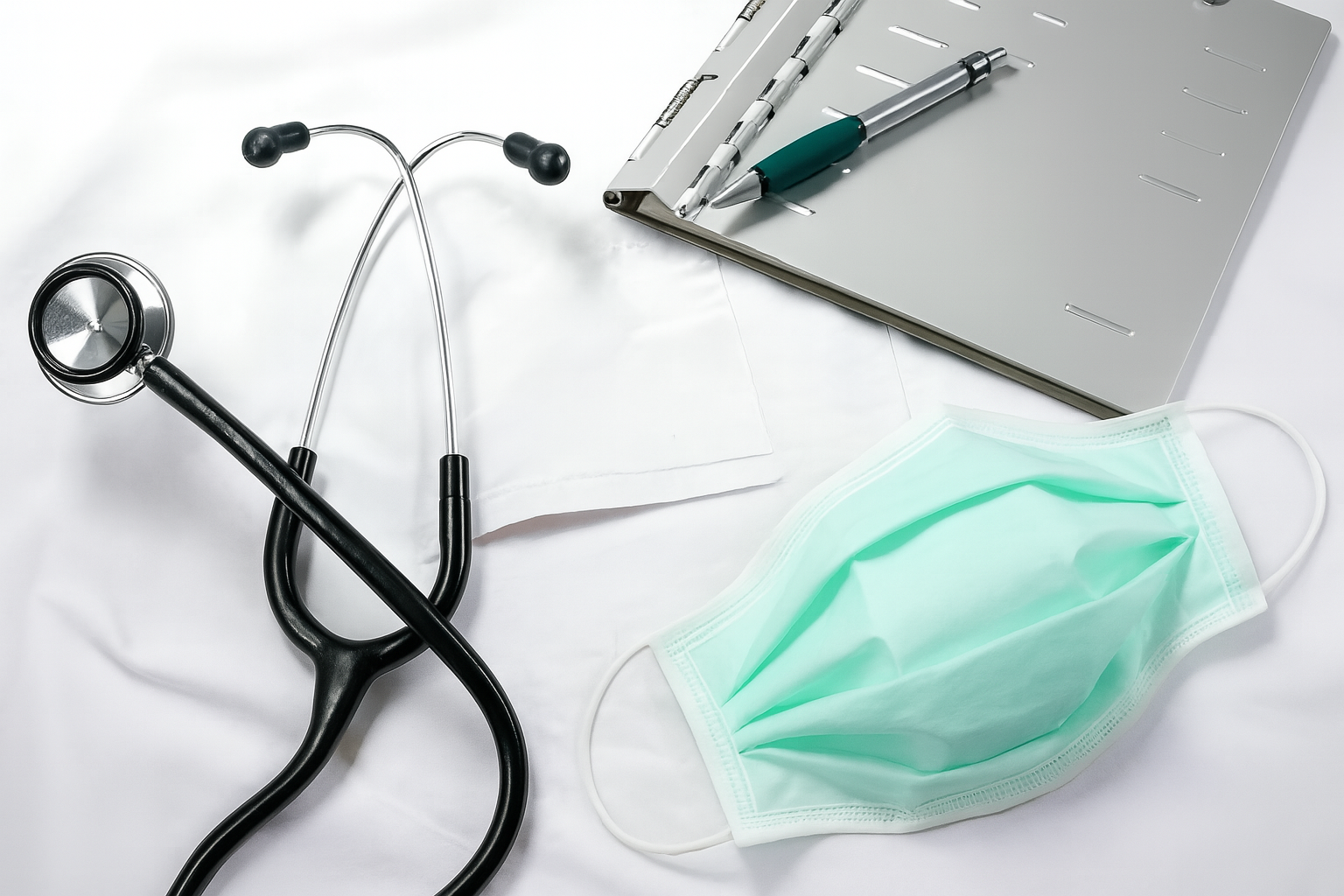
Imagine losing a limb and getting it replaced by a device that cracks in weeks, cuts into your skin, and leaves you nowhere to complain.
For over 7.5 million Indians, this isn't a horror story. It's reality. According to the World Health Organization, those people require prosthetic or orthotic devices(source), with the majority being lower-limb amputees(source). Most critically, amputations predominantly affect working-age adults (20–40 years), indicating a devastating impact on India's workforce(source).
In India, prosthetics are more than just tools they are mobility, dignity, and survival. Yet, they remain one of the least protected medical devices under our laws.
A Long History of Silence
For the longest time, most prosthetic limbs in India were sold as "non-notified devices". That means they weren't officially recognized as medical devices under the law and so, they weren’t regulated. No mandatory quality checks. No certification. No required documentation of safety, durability, or biocompatibility. If a device failed, there was no reporting mechanism, no recall system, and no accountability. The risk and the cost was entirely the user’s.
A Gap That Hurts Millions
Prosthetics aren't "luxury" devices. They're essential for everything from walking your child to school to keeping your job.
Yet, WHO estimates that 0.5% of India’s population needs prosthetic or orthotic devices(source), while a 2021 meta-analysis shows less than 10% of those with limb loss have access to functional prosthetics(source). Access is worst in rural and underserved regions, where low-quality devices often become the only option.
The Law Finally Catches Up But Only on Paper
After decades of silence and inaction, a crucial shift finally arrived in 2020, when the Indian government expanded the Medical Devices Rules, 2017 to classify all medical devices including prosthetics under the Drugs and Cosmetics Act, 1940(source).
This was a landmark move. It introduced a risk-based classification system:
- Class A: Low risk (e.g., simple aids)
- Class B/C: Moderate to high risk (e.g., limb prosthetics, orthotics)
- Class D: High risk (e.g., implantable cardiac devices)
This should have meant stricter testing, traceable manufacturing, and accountable distribution for Class B/C prosthetics.
The problem? Enforcement is weak. Awareness among users and even smaller clinics is minimal. For most, nothing has changed.
What the Rest of the World Gets Right
While India continues to play catch-up, other nations have long treated prosthetic limbs as essential healthcare not optional accessories.
These countries don’t just certify devices. They create feedback loops between users, doctors, and regulators. They act when things go wrong. They build systems rooted in transparency and accountability.
Here’s what that looks like:
- FDA (USA)(Food and Drug Administration): Medical devices are categorized by risk. Prosthetics typically fall under Class II, requiring a 510(k) clearance to show they are “substantially equivalent” to existing safe devices. High-risk or innovative solutions undergo Premarket Approval(PMA) with clinical trials and long-term data(FDA.gov).
- CE Mark (EU)(European Conformity): Under the EU Medical Device Regulation(MDR 2017/745), manufacturers must submit a detailed technical file, clinical data, and undergo audits by independent Notified Bodies. Continuous post-market surveillance is mandatory(source).
- ISO Standards:
- ISO 13485: Ensures manufacturers have a quality management system specific to medical devices.
- ISO 10328: Defines rigorous structural testing for lower-limb prosthetics to simulate real-life use, impact, and wear.
- ISO 10993: Sets standards for biocompatibility critical for skin safety and long-term wear.
- ISO 8549-1: Establishes standardized terminology for upper- and lower-limb prosthetics and orthotics.
- ISO 13857: Specifies safety distances to prevent hand or arm access to hazardous machinery, ensuring safe prosthetic interaction.
- ISO 13404-2: Covers classification and description of upper-limb orthoses for supporting or correcting deformities.
Together, these frameworks prioritize one thing above all: the user experience. They assume failure is unacceptable and that every user deserves protection backed by science, not guesswork.
What Needs to Change in India
- Enforce the Rules
- Manufacturers must register, test, and certify every prosthetic device.
- CDSCO(Central Drugs Standard Control Organization) needs more trained inspectors, labs, and technical staff to enforce the MDR(Medical Devices Rules).
- Mandate Post-Market Surveillance
- India needs a centralized reporting platform for device failures, like FDA’s MAUDE system.
- Every clinic, user or distributor should be able to log complaints.
- Subsidize Quality for the Poor
- Functional prosthetics can cost upwards of Rs. 50,000.
- The government must support schemes like ADIP(Assistance to Disabled Persons for Purchase/Fitting of Aids/Appliances) with quality-linked subsidies.
- Public-Private Partnerships
- India can learn from models like UK’s NICE, which uses cross-disciplinary
- panels to review evidence and set device guidelines.
- Build a Quality Culture
- Regulation isn’t just a formality, it’s how we ensure that prosthetics meet basic standards of safety and reliability.
- It ensures users aren’t left alone when things go wrong and builds confidence when things work as promised.
The Bottom Line
A prosthetic isn’t a gadget. It’s part of your body.
They should be safe, durable, and designed to serve. Not fail silently or injure the people relying on them.
India already has the talent, technology, and laws to build a better system. What’s missing is consistent enforcement and a culture of accountability.
Because when we regulate prosthetics, we don’t just improve devices.
It’s about restoring trust, mobility, and dignity one person at a time.





-min.png)



.avif)









